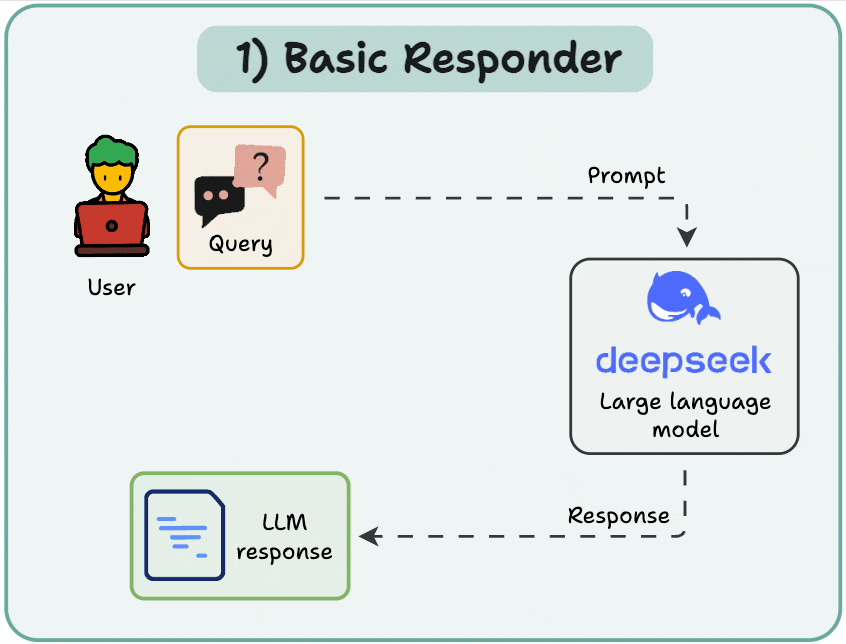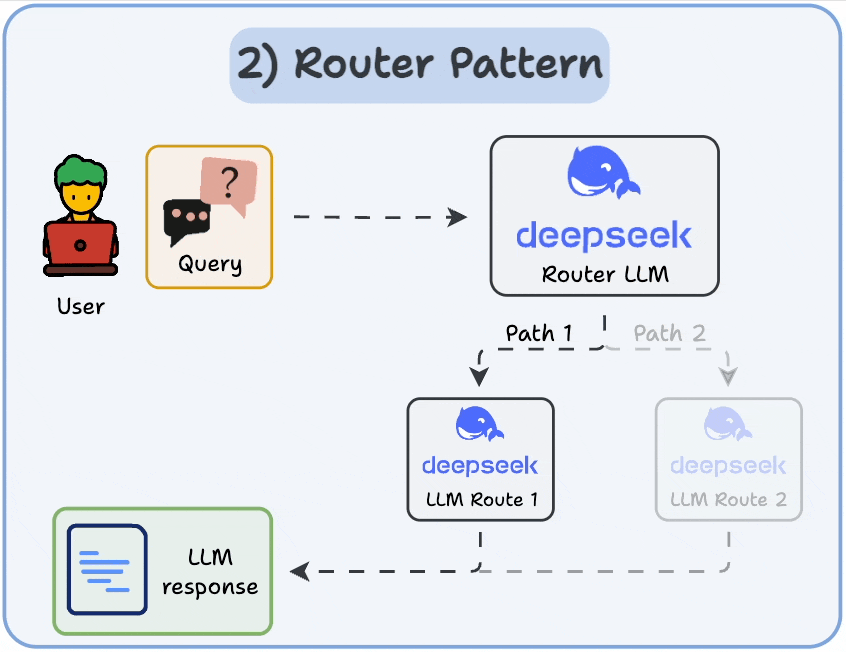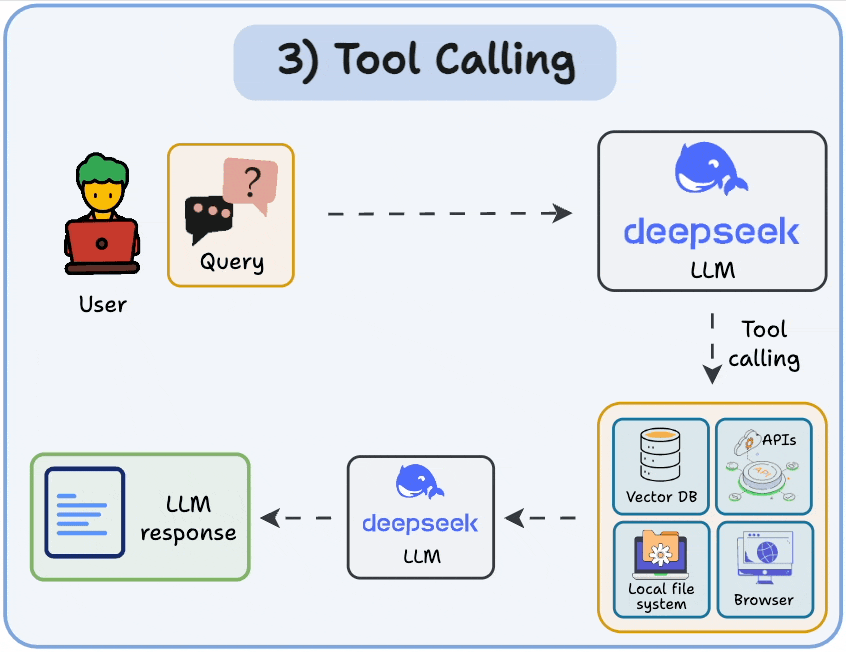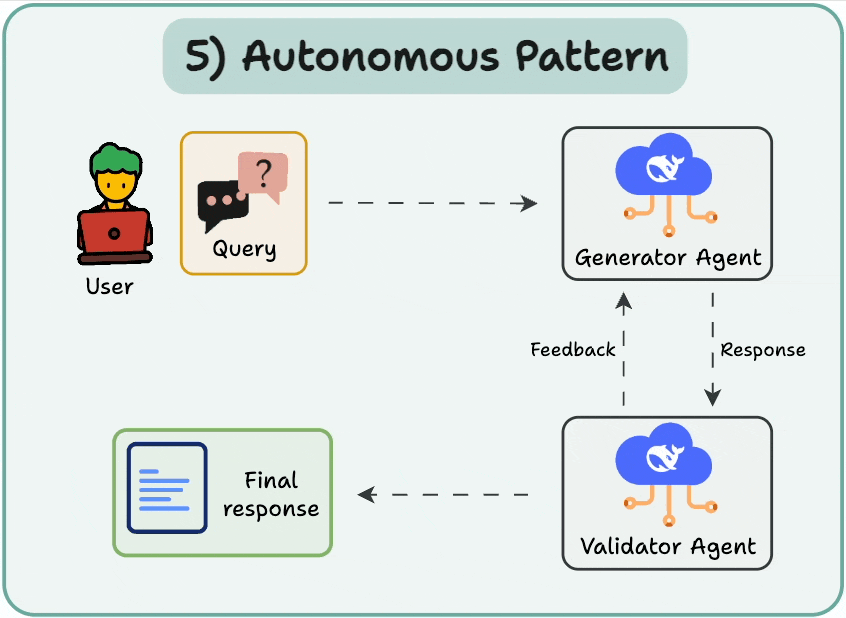5 Levels of Agentic AI Systems
...explained visually.
Cartesia Sonic 2.0: Build Real-Time Voice AI Agents
Cartesia just launched industry-leading voice models featuring 40ms latency and best-in-class voice quality.
Get instant cloning with just 3 seconds of audio.
A voice changer for fine-grained control.
Audio infilling to generate personalized content at scale.
Join over 50k developers and build your voice product with Cartesia today →
Thanks to Cartesia for partnering today!
Announcement: This Saturday (29th Mar 2025), we shall not release a new issue. You'll hear next from us on Monday (31st Mar 2025).
5 Levels of Agentic AI Systems
Agentic AI systems don't just generate text; they can make decisions, call functions, and even run autonomous workflows.
The visual explains 5 levels of AI agency—from simple responders to fully autonomous agents.
Note: If you want to learn how to build Agentic systems, we have published 6 parts so far in our Agents crash course (with implementation):
Let’s dive in to learn more about the 5 levels of Agentic AI systems.
1) Basic responder
A human guides the entire flow.
The LLM is just a generic responder that receives an input and produces an output. It has little control over the program flow.
2) Router pattern
A human defines the paths/functions that exist in the flow.
The LLM makes basic decisions on which function or path it can take.
3) Tool calling
A human defines a set of tools the LLM can access to complete a task.
LLM decides when to use them and also the arguments for execution.
4) Multi-agent pattern
A manager agent coordinates multiple sub-agents and decides the next steps iteratively.
A human lays out the hierarchy between agents, their roles, tools, etc.
The LLM controls execution flow, deciding what to do next.
5) Autonomous pattern
The most advanced pattern, wherein, the LLM generates and executes new code independently, effectively acting as an independent AI developer.
To recall:
Basic responder only generates text.
Router pattern decides when to take a path.
Tool calling picks & runs tools.
Multi-Agent pattern manages several agents.
Autonomous pattern works fully independently.
👉 Over to you: Which one do you use the most?
Note: If you want to learn how to build Agentic systems, we have published 6 parts so far in our Agents crash course (with implementation):
Thanks for reading!









May I ask which software can be used to create such beautiful animated graphics?